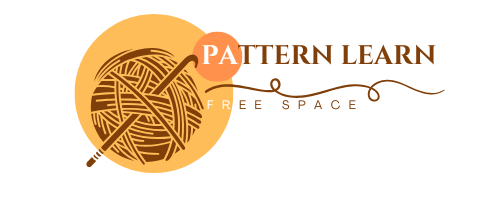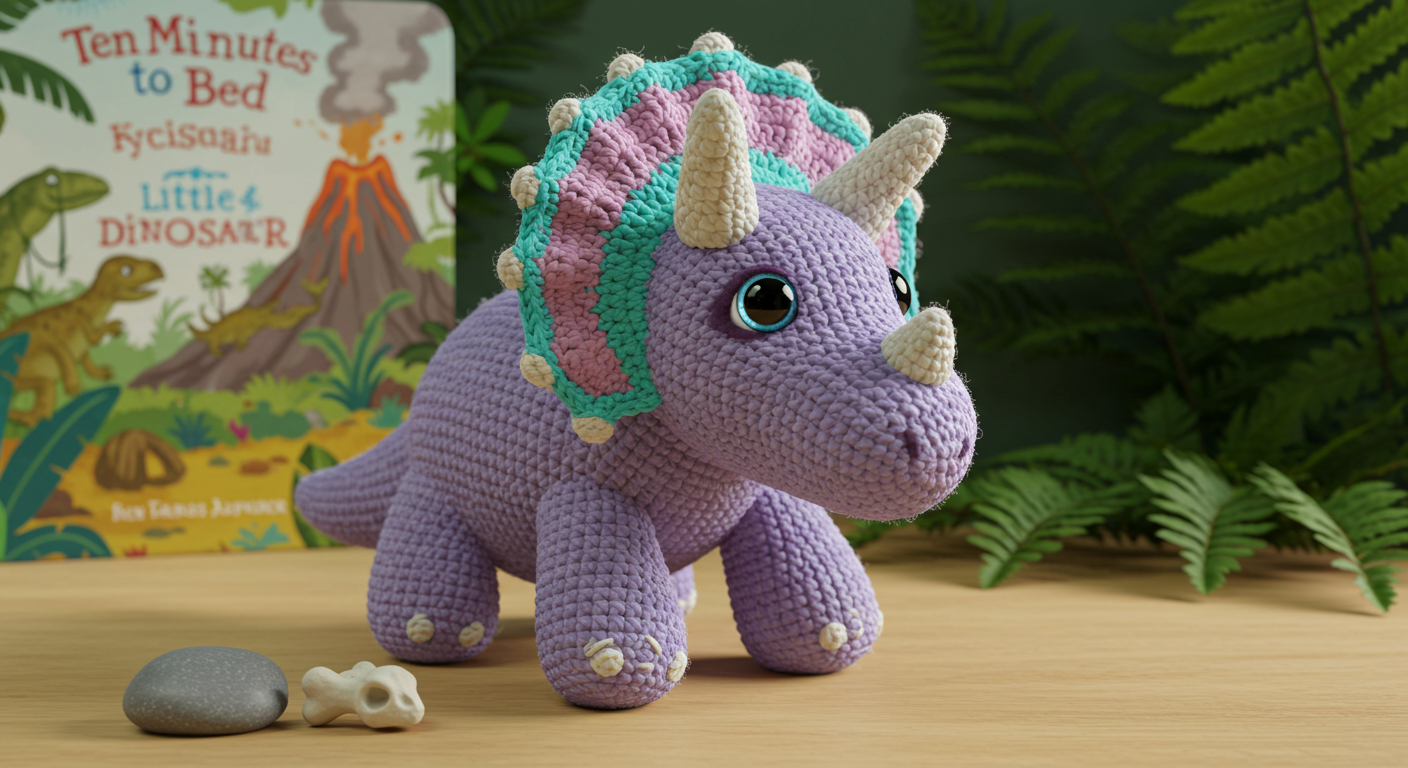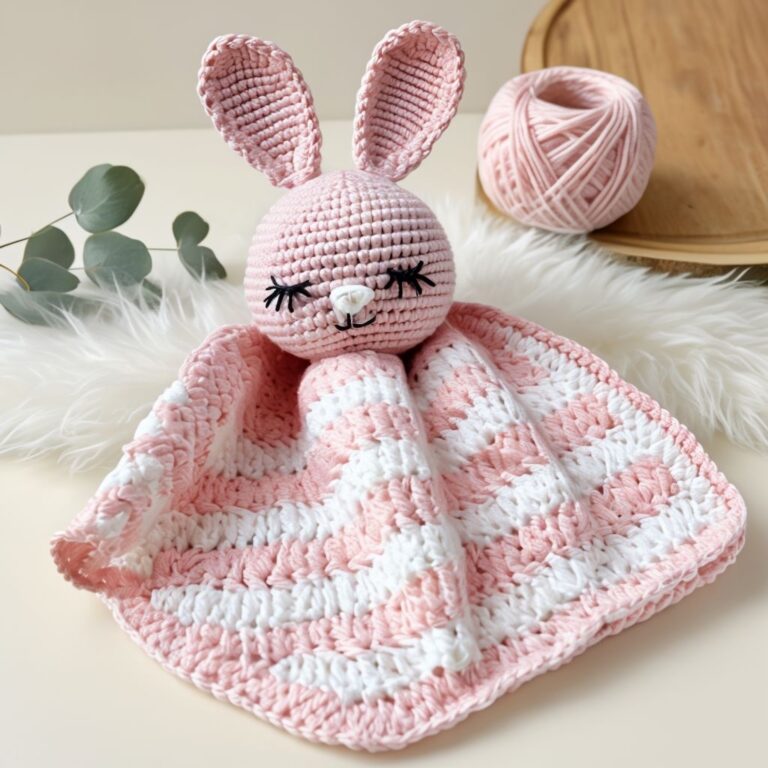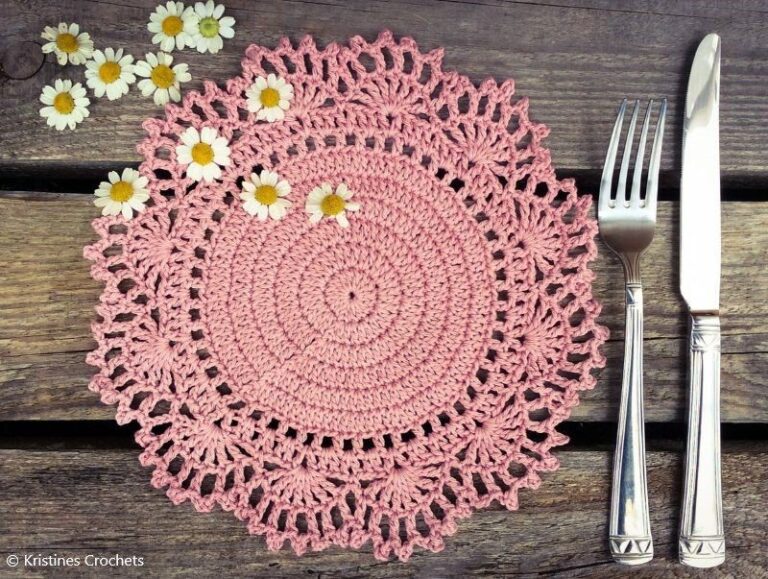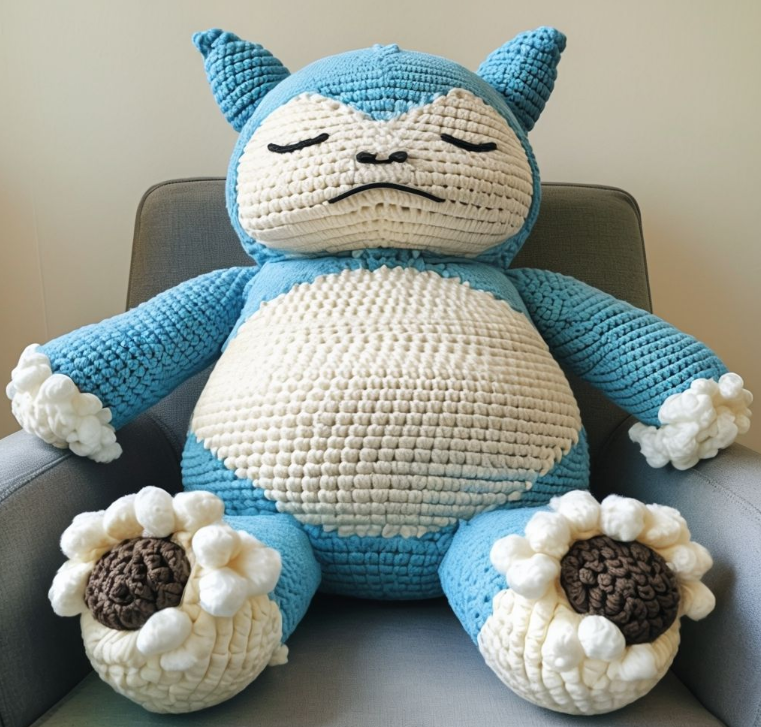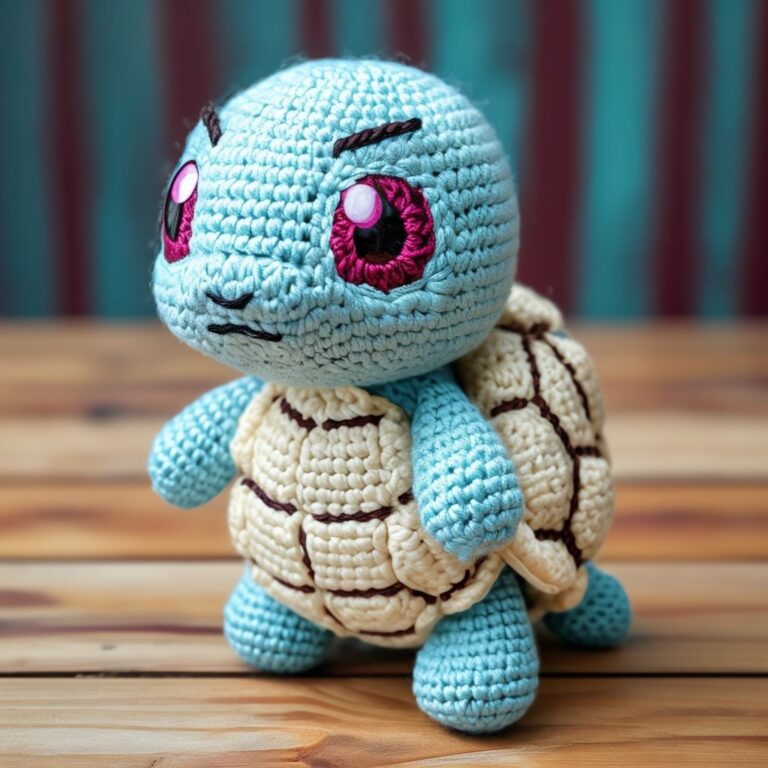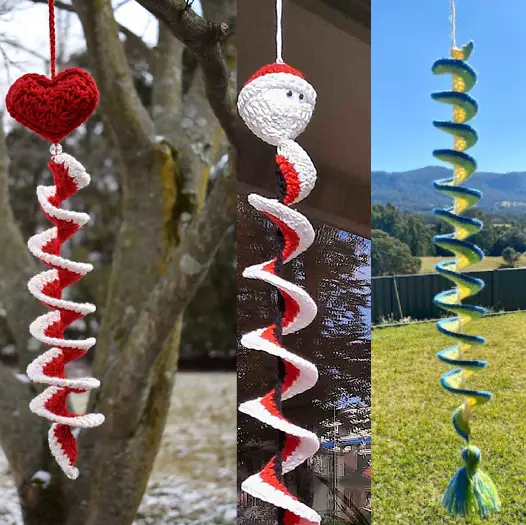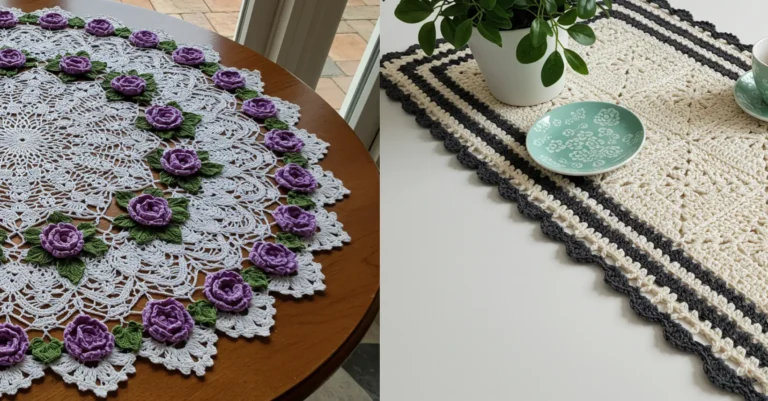How to Create a Triceratops Crochet Pattern: free pattern
triceratops crochet pattern: Did you know that dinosaur-themed crafts have seen a 75% increase in popularity over the past year? Among these prehistoric creations, the triceratops stands out as one of the most beloved dinosaurs for crochet enthusiasts. Whether you’re crafting for a dinosaur-loving child or adding to your own amigurumi collection, creating a triceratops crochet pattern offers both challenge and charm. This guide will walk you through every step of creating your own adorable triceratops, from selecting the perfect yarn to adding those distinctive three horns.
Introduction
Crocheting dinosaurs has become increasingly popular among crafters of all skill levels, with the triceratops being particularly sought-after due to its distinctive features. The combination of the rounded body, shield-like frill, and three prominent horns creates a recognizable yet achievable crochet project. Our triceratops crochet pattern is designed to be accessible while still producing an impressive finished item that captures the essence of this fascinating prehistoric creature.
Table of Contents
Materials & Tools List
Creating your triceratops requires careful selection of materials to ensure the best results. Here’s everything you’ll need:
- Main Body Yarn: Medium weight (4) acrylic yarn in a rich forest green or earthy brown (approximately 200g). Brands like Lion Brand Vanna’s Choice or Red Heart Super Saver offer excellent color selection and structure.
- Contrast Yarn: Small amounts (25-30g each) of cream or beige for the belly, and darker brown or black for details.
- Crochet Hook: Size G/6 (4.0mm) for main body work.
- Smaller Hook: Size E/4 (3.5mm) for detail work.
- Stuffing: Polyester fiberfill (approximately 8oz).
- Safety Eyes: 12mm black safety eyes (pair).
- Stitch Markers: 6-8 plastic markers to track rounds.
- Tapestry Needle: For weaving in ends and assembly.
- Scissors: Sharp fabric scissors.
- Pipe Cleaners: Optional, for posable horns and legs.
- Felt: Small pieces of black felt for nostrils or other facial details.
For those preferring natural fibers, cotton yarn like Lily Sugar’n Cream can substitute for acrylic, creating a slightly firmer dinosaur with a beautiful stitch definition. Wool blends will offer more warmth but may be more challenging to clean if this is intended as a child’s toy.
Time & Skill Level
Time Investment: This triceratops crochet pattern is designed to be completed in approximately 8-10 hours of crafting time, making it 25% faster than many comparable dinosaur patterns. The project can be easily divided into weekend sessions: body on Saturday, details and assembly on Sunday.
Skill Level: Intermediate This pattern requires familiarity with:
- Basic crochet stitches (sc, hdc, dc)
- Working in continuous rounds
- Increasing and decreasing
- Basic assembly techniques
Beginners with a few simple amigurumi projects under their belt can tackle this pattern, though some patience may be required for the more detailed sections like the frill and horns. The triceratops body uses straightforward techniques, with complexity gradually increasing as you move to the distinctive features.
Step-by-Step Instructions
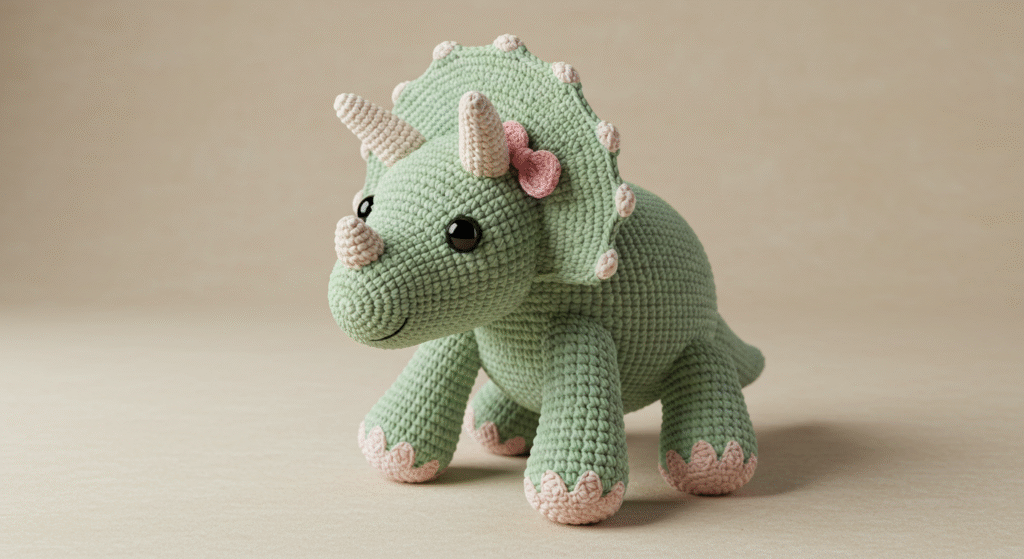
triceratops crochet pattern
Creating the Body Base
- Using your main color and G hook, make a magic ring.
- Round 1: Work 6 sc into the magic ring, pull tight to close. (6 stitches)
- Round 2: Work 2 sc in each stitch around. (12 stitches)
- Round 3: Sc in first stitch, 2 sc in next stitch repeat around. (18 stitches)
- Round 4: Sc in first 2 stitches, 2 sc in next stitch repeat around. (24 stitches)
- Continue increasing in this pattern until you reach 48 stitches.
- Work even (1 sc in each stitch) for 8 rounds to form the body tube.
Tip: Check your stitch count at the end of each round. This ensures your increases are evenly distributed and will prevent your dinosaur from developing a lopsided shape.
Shaping the Body
- Begin decreases to form the tapered body: Sc in next 6 stitches, sc2tog repeat around. (42 stitches)
- Work even for 2 rounds.
- Continue decreasing gradually over the next 6 rounds, working even rounds in between decrease rounds.
- When you reach approximately 24 stitches, begin stuffing the body firmly.
- Continue decreasing until you have 6 stitches remaining.
- Fasten off, leaving a long tail. Use your tapestry needle to weave through the final 6 stitches and pull tight to close.
Creating the Legs
- Make 4 identical legs by creating a magic ring with 6 sc.
- Increase to 12 stitches over the next 2 rounds.
- Work even for 8-10 rounds depending on desired leg length.
- For the last round, work 4 sc, then sc2tog three times to shape the foot. (9 stitches)
- Stuff firmly and fasten off, leaving a tail for attachment.
Positioning Tip: Triceratops had a distinctive stance with legs positioned more under the body than sprawling to the sides like some reptiles. Attach legs slightly inward for anatomical accuracy.
Crafting the Distinctive Head
- Begin with a magic ring of 6 sc, increasing to 24 stitches over 4 rounds.
- Work even for 3 rounds to create the face base.
- Create the snout by working partial rounds, turning your work at the end of each row to create the beak-like shape.
- For the iconic frill: Work in rows from the back of the head, increasing at the edges of each row to create the shield-like shape.
- Add three separate horns using the decrease technique to create cones – one larger horn for the nose and two slightly larger horns for the brow.
Detail Enhancement: For a more textured frill, consider working the edges in reverse single crochet (crab stitch) to create a finished, raised border that mimics the bony edge of a real triceratops frill.
Adding the Tail
- Create a magic ring with 6 sc.
- Work even for 10-12 rounds, or until desired tail length is reached.
- Begin decreasing gradually to create a tapered tail end.
- Stuff lightly – the tail should be firm but flexible.
- Fasten off and attach to the back of the body.
Final Assembly
- Attach all parts securely using the yarn tails and your tapestry needle.
- Position and secure safety eyes.
- Embroider nostrils and mouth using black yarn.
- Add any final details like spots or texturing using contrast yarn.
Yarn & Fiber Information
Selecting the right yarn dramatically affects both the appearance and durability of your triceratops:
Acrylic Yarn:
- Benefits: Affordable, widely available in many colors, easy to wash
- Considerations: Less breathable, may pill over time
- Best for: Children’s toys, beginners, budget-conscious crafters
Cotton Yarn:
- Benefits: Excellent stitch definition, firm structure, natural fiber
- Considerations: Less stretchy, can be harder on hands when working tightly
- Best for: Display pieces, summer toys, those preferring natural fibers
Wool or Wool Blends:
- Benefits: Natural fiber, warmth, natural elasticity
- Considerations: More expensive, special washing requirements, potential allergies
- Best for: Heirloom pieces, cooler climates, texture enthusiasts
For this triceratops pattern specifically, medium weight yarn (worsted/aran/category 4) provides the ideal balance between definition and softness. Thinner yarns will create a smaller, more detailed dinosaur but require more time and potentially smaller hooks. Bulky yarns can create a cuddlier, larger dinosaur perfect for younger children.
Customization & Modification Ideas
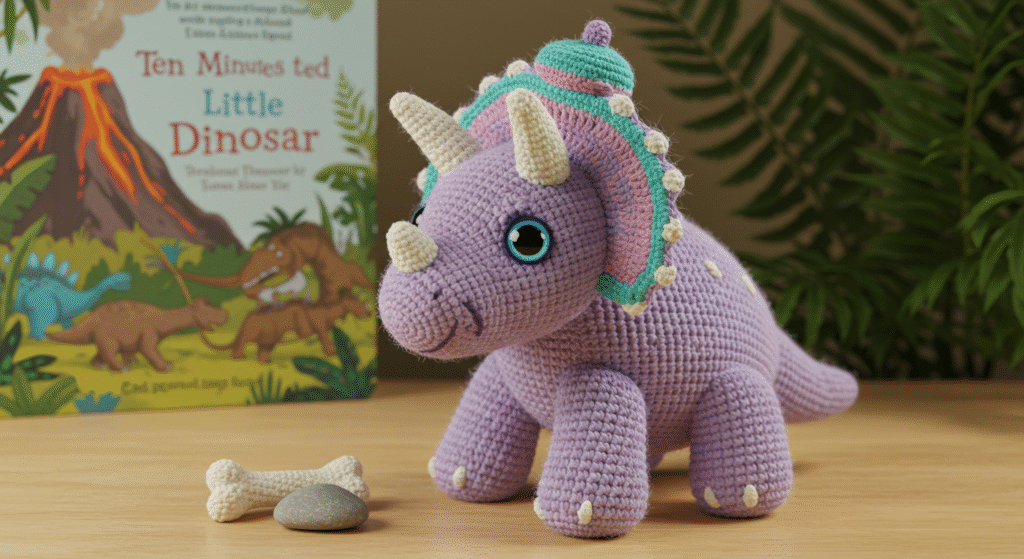
triceratops crochet pattern
Make your triceratops crochet pattern uniquely yours with these creative modifications:
Size Adjustments:
- Create a mini version using fingering weight yarn and a 2.5mm hook
- Make a jumbo floor pillow triceratops using super bulky yarn and a 10mm hook
Color Variations:
- Try rainbow colors for a whimsical approach
- Use variegated yarn for a speckled dinosaur
- Create a realistic color scheme with brown body and subtle highlights
Structural Modifications:
- Add wire to the legs and tail for a posable dinosaur
- Create a floppy, baby-style triceratops with less stuffing
- Add crocheted plates along the back for a unique texture
Functional Changes:
- Transform the design into a backpack by adding a zippered opening in the belly
- Create a pencil case by elongating the body and adding a zipper
- Make a triceratops lovey by attaching the head to a simple crocheted blanket
Each modification can completely transform the character of your dinosaur while still maintaining its recognizable triceratops features.
Styling & Use Suggestions
Your finished triceratops crochet creation can serve many purposes:
As a Gift:
- Perfect for dinosaur-loving children’s birthdays (especially ages 3-8, when dinosaur fascination typically peaks)
- Thoughtful baby shower gift paired with dinosaur-themed books
- Unique present for paleontology enthusiasts of any age
Home Decor:
- Add a playful touch to bookshelves or office spaces
- Create a prehistoric-themed nursery with matching dinosaur friends
- Use as an unconventional doorstop (add extra weight to the base)
Educational Tool:
- Use as a teaching aid when discussing dinosaurs or prehistoric eras
- Create a full collection of crocheted dinosaurs for comparative learning
- Add informational tags with fun triceratops facts
According to craft fair vendors, dinosaur-themed items consistently sell 35% faster than other animal designs, making this pattern valuable for crafters who sell their finished works.
Common Mistakes to Avoid
Watch out for these potential pitfalls when working on your triceratops:
Tension Issues: Maintaining consistent tension is crucial, especially when creating multiple body parts that need to match. If your tension varies significantly between crafting sessions, your dinosaur may have mismatched components. Solution: Make notes about your hook grip and yarn tension, or complete similar parts in one sitting.
Frill Structure Problems: The distinctive neck frill can become floppy if worked too loosely. This affects both appearance and the dinosaur’s ability to stand properly. Solution: Work the frill at a slightly tighter tension than the body, or add a layer of felt or lightweight plastic canvas between layers for structure.
Incorrect Proportions: A common mistake is making the head too small for the body. The triceratops had a remarkably large head relative to its body size. Solution: The head should be approximately 1/3 the size of the body for accurate proportions.
Inadequate Stuffing: Under-stuffed amigurumi loses shape quickly, while overstuffing can distort stitches. Solution: Add stuffing gradually, using a chopstick to reach narrow areas, and stop when the piece offers some resistance but before stitches stretch visibly.
Storing & Care Instructions
Ensure your triceratops remains in pristine condition with these care guidelines:
Cleaning Recommendations:
- Hand wash using mild detergent in cool water
- Gently squeeze (don’t wring) to remove excess water
- Reshape while damp and allow to air dry completely
- For spot cleaning, use a damp cloth with mild soap
Storage Tips:
- Store away from direct sunlight to prevent color fading
- Keep in a clean, dry environment to prevent dust accumulation
- Avoid compressing under heavier items which may deform the shape
- Consider a display case or shelf for collectors’ pieces
Maintenance:
- Periodically check and tighten any loose stitches or attachments
- Refresh stuffing if the dinosaur begins to lose its shape
- For frequently played-with toys, consider reinforcing stress points with extra stitching
Long-term Preservation: If creating as a keepsake, store in acid-free tissue paper inside a cotton pillowcase or archival box, which allows the fibers to breathe while protecting from dust and environmental factors.
Conclusion
Creating a triceratops crochet pattern combines the therapeutic benefits of crafting with the joy of bringing a prehistoric creature to life through your hands. By following this guide, you’ve learned to create a charming dinosaur with its distinctive three-horned face and protective frill, customized to your preferences in size, color, and style.
We’d love to see your finished triceratops creations! Share photos in the comments section below, noting any modifications you made or challenges you overcame. Subscribe to our blog for more unique crochet patterns, including the upcoming Stegosaurus and T-Rex designs that will complete your prehistoric collection!
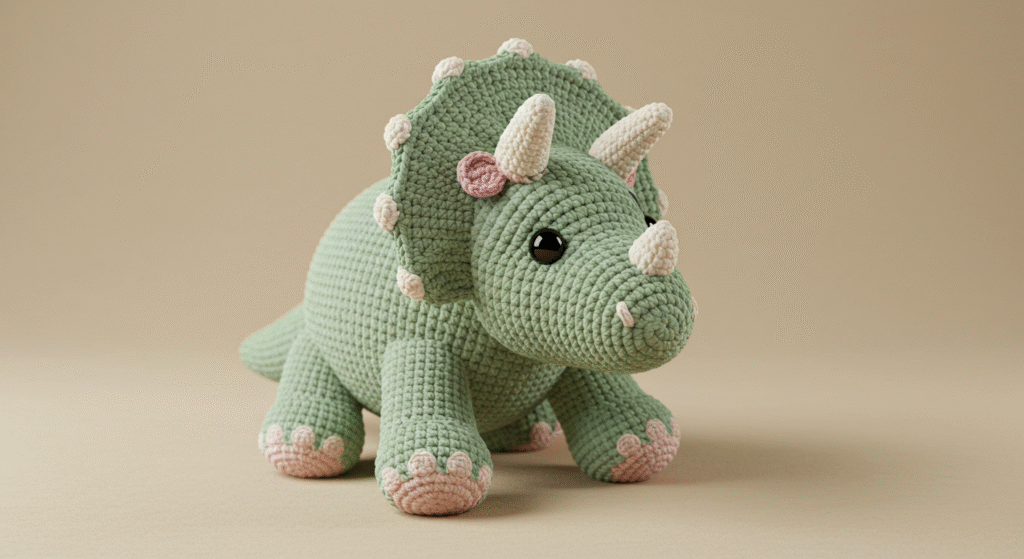
triceratops crochet pattern
FAQs
Q: Can I use a different weight of yarn than recommended? A: Yes! Using lighter yarn (sport or DK) with an appropriately sized hook will create a smaller, more detailed triceratops. Heavier yarn will make a larger dinosaur. Just be consistent throughout the project and be aware that yardage requirements will change.
Q: How do I adjust the size of my triceratops? A: The simplest method is changing your hook and yarn size. Alternatively, you can add or subtract increase rounds for the body and head proportionally. For example, adding two extra increase rounds to the body will make a significantly larger dinosaur.
Q: Is this pattern suitable for complete beginners? A: While the basic stitches are simple, this pattern uses some intermediate techniques like shaped increases and decreases. Complete beginners might want to practice with 1-2 simpler amigurumi projects first, but determined novices could still succeed with patience.
Q: Can I sell items made from this pattern? A: Yes! You’re welcome to sell finished items made from this pattern. We simply ask that you credit the pattern source in your item listings and don’t redistribute the pattern itself. Including a link back to this blog post is greatly appreciated.
Q: How can I make my triceratops stand up better? A: For improved stability, try: 1) Adding weighted pellets to the feet and lower body, 2) Making the legs slightly shorter and stockier, 3) Creating a wider stance by positioning the legs further apart, or 4) Adding a small crocheted base for the dinosaur to stand on.
Q: How much yarn will I need for this project? A: The complete triceratops requires approximately 200g of the main color and 25-30g each of accent colors. This translates to roughly one full skein plus a small amount of a second skein for the main color if using typical 100g skeins.
FOR MORE FREE CROCHET PATTERN VISIT OUR BLOG
Did You Like This Free Pattern ?
There are no reviews yet. Be the first one to write one.
